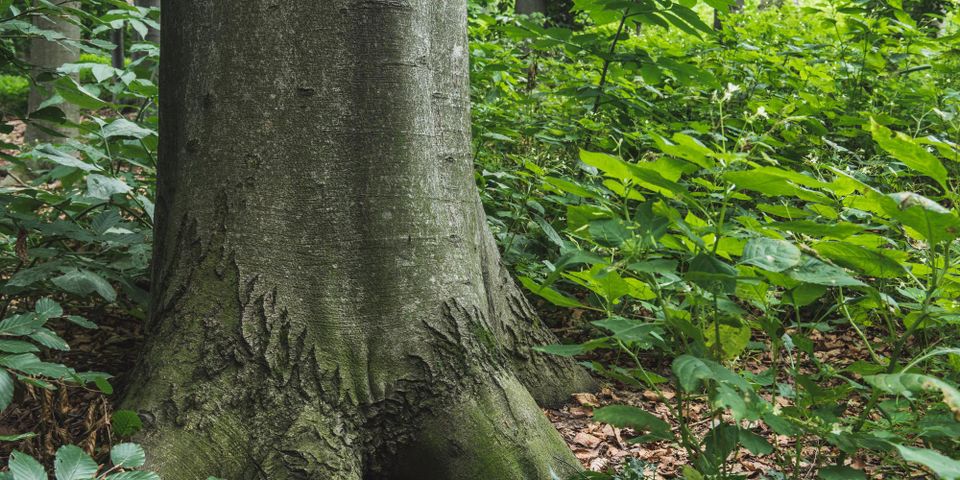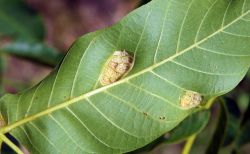
Unusual bumps and strange growths on your trees could be totally natural and benign, or they could indicate pest infestations or illnesses. Knowing the difference can help ensure your trees stay healthy and prevent disease from spending through your neighborhood. Below is an overview of some common tree growths and when you should call an arborist.
4 Common Tree Growths
1. Mildew
The mildew family includes various fungi, most of which are relatively harmless. The white powder on leaves and bark will usually die off when the weather changes, so you don’t need to take action if the trees are mature and healthy. However, you may want to spray saplings with fungicide to avoid stunted growth.
2. Galls
 A gall can be found anywhere on the tree, from small branches to the upper reaches of the trunk. These growths — which can resemble small bumps to large, complex protrusions — are usually caused by insects laying eggs in trunks. In most cases, they don’t pose a threat to the health of your plants, but you may need to call an arborist if branches or leaves start to die.
A gall can be found anywhere on the tree, from small branches to the upper reaches of the trunk. These growths — which can resemble small bumps to large, complex protrusions — are usually caused by insects laying eggs in trunks. In most cases, they don’t pose a threat to the health of your plants, but you may need to call an arborist if branches or leaves start to die.
3. Black Spots on Leaves
Most black spots are caused by black spot fungus, which is unsightly but generally not harmful. There isn’t a treatment for black spots, but you can burn them as soon as they appear to keep the disease from spreading.
4. Algae
Rough, textured bark that tracks moisture makes an ideal anchor point for algae, which can create a red or green film on the trunk. Fortunately, algae doesn’t penetrate the bark or take nutrients from the soil, so they don’t cause any serious damage.
If you’ve noticed unusual growths on your trees, the certified arborists at TrimCo Tree Experts will help keep your plants healthy and thriving. With over 50 years’ combined experience, they proudly serve homeowners throughout the Wiregrass, AL, area — including Dale, Houston, Henry, and Barber counties. Visit their website for more on their services, follow their Facebook for tips and advice, and call (334) 791-2087 to have an arborist inspect your trees.
About the Business
(11 reviews)
Have a question? Ask the experts!
Send your question

